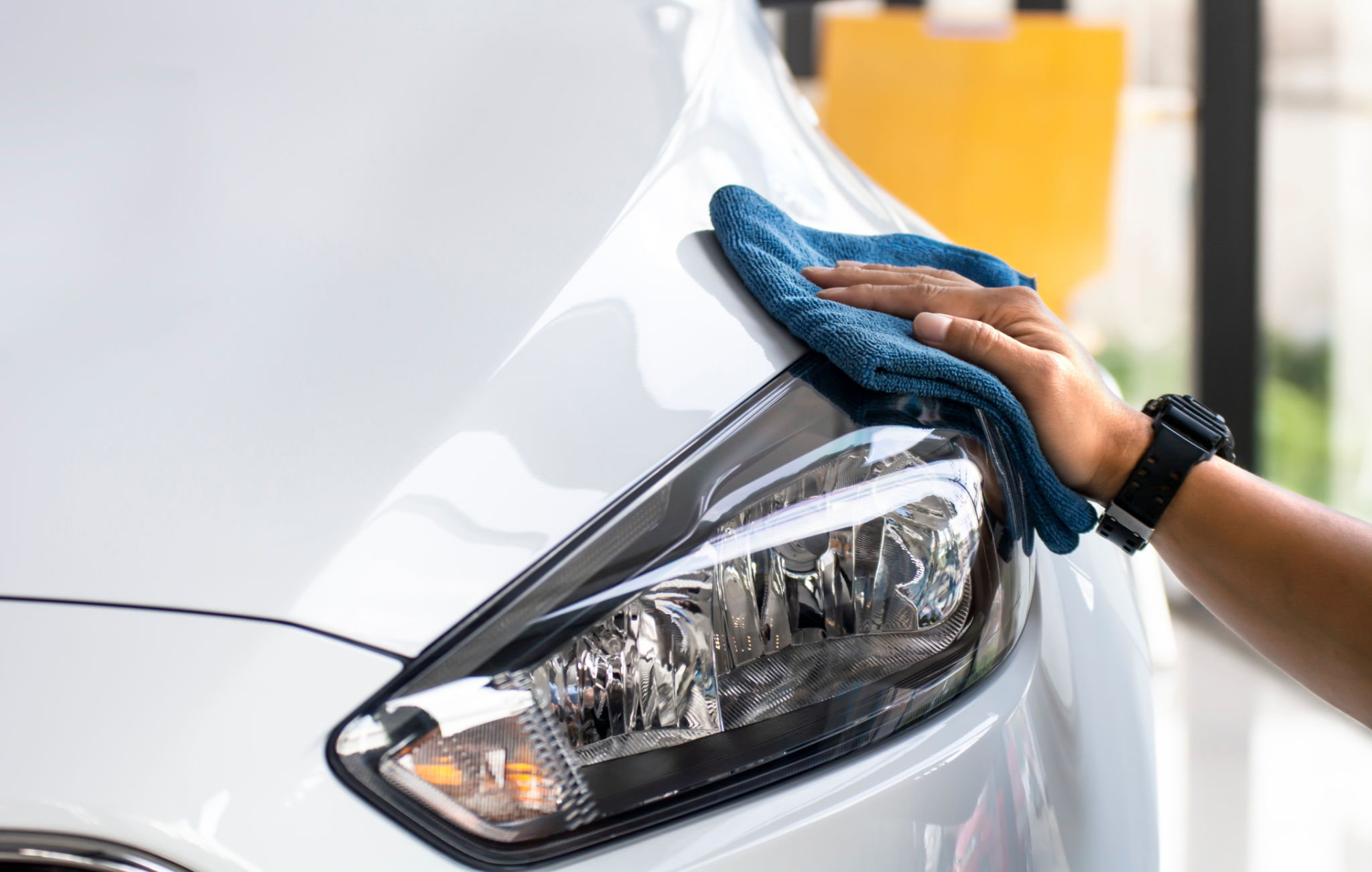Beginner's Guide to DIY Car Wrapping: Tips and Tricks
Understanding Car Wrapping
Car wrapping is an exciting way to personalize and protect your vehicle's surface. Unlike painting, car wraps are versatile and removable, allowing you to change your car's look as often as you like. Whether you're looking to add a unique design or protect the original paint, learning the basics of DIY car wrapping can save you money and give your car a fresh, customized appearance.

Gathering the Right Tools
Before diving into the wrapping process, gathering the necessary tools is crucial for a successful application. Essential items include:
- A quality vinyl wrap
- Squeegee and felt edge
- Heat gun
- Cutting blade or knife
- Measuring tape
- Cleaning solution and microfiber cloth
Ensure that you have these items on hand to streamline the process and avoid unnecessary interruptions.
Preparing Your Vehicle
Preparation is key to achieving a smooth and long-lasting car wrap. Start by thoroughly cleaning your vehicle to remove dirt, grease, and any residue. Use a cleaning solution and a microfiber cloth to ensure the surface is spotless. Any dirt left behind can cause bubbles and affect the adhesion of the vinyl.

Measuring and Cutting the Vinyl
Accurate measurements are essential when cutting your vinyl wrap. Measure each section of your vehicle and add an extra few inches to ensure full coverage and allowance for trimming. Carefully cut the vinyl with a cutting blade, ensuring that each piece aligns with the specific parts of your car.
Applying the Vinyl
Begin the application process by peeling the backing off the vinyl and carefully positioning it on your vehicle. Use a squeegee to apply even pressure, smoothing out any air bubbles or wrinkles. A heat gun can help make the vinyl more pliable, making it easier to mold around curves and edges.

Trimming and Finishing Touches
After applying the vinyl, use a cutting blade to trim excess material around edges such as door handles, mirrors, and windows. Be precise to avoid damaging the vinyl or your vehicle's paint. Once trimmed, use the heat gun again to ensure all edges are secure and properly adhered.
Maintaining Your Car Wrap
Proper maintenance will extend the life of your car wrap. Regularly wash your vehicle with mild soap and water, avoiding harsh chemicals that can damage the vinyl. Additionally, park in shaded areas or use car covers to protect the wrap from prolonged sun exposure.
By following these tips and tricks, you can successfully transform your car's appearance with a DIY wrap. With practice and patience, you'll be able to achieve a professional-looking finish that reflects your personal style.
